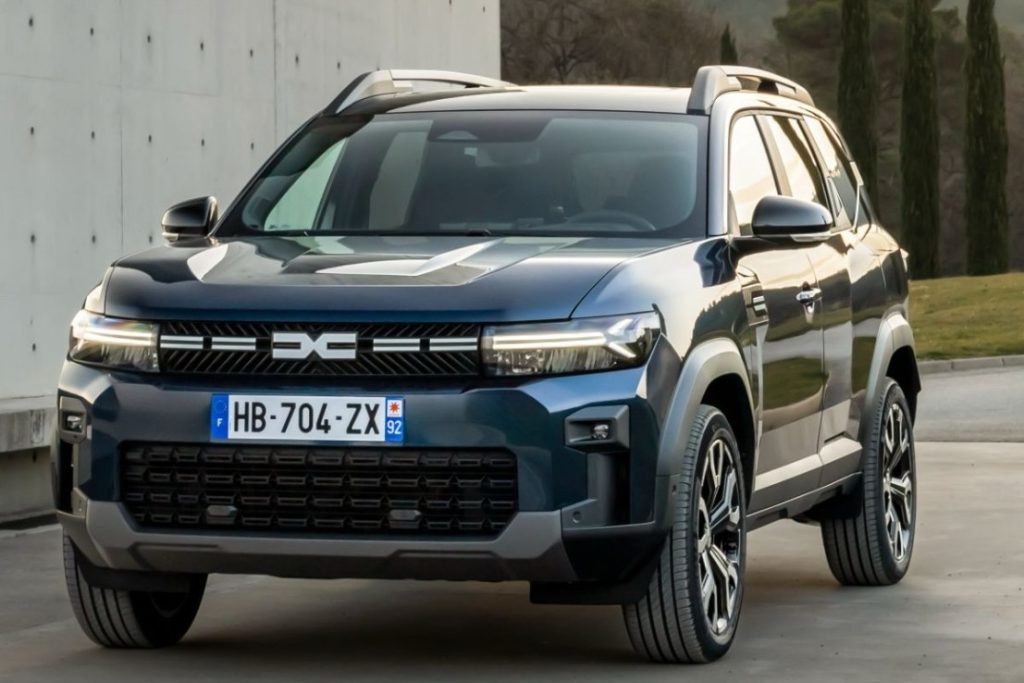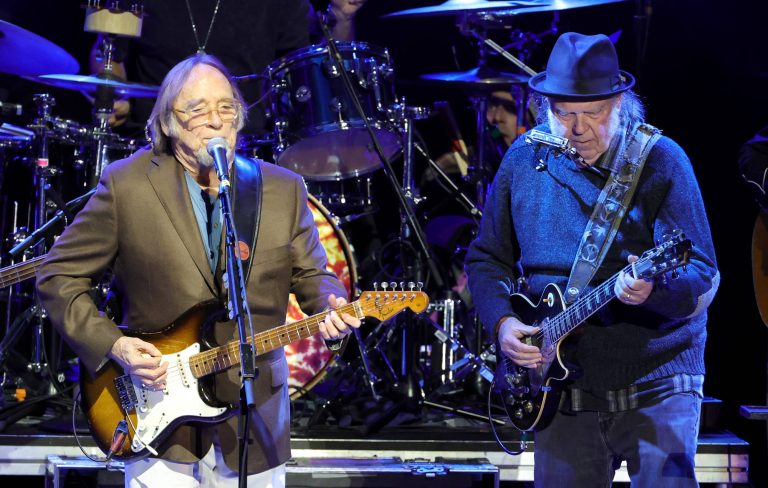
Dacia, renowned for its budget-friendly vehicles, is making waves in the automotive industry with its latest offering: the Dacia Bigster. This new addition marks Dacia’s entry into the midsize ‘C-SUV’ segment, a territory previously dominated by the likes of the Nissan Qashqai and Kia Sportage. The question on everyone’s lips: can Dacia’s cost-effective approach capture the hearts of the more discerning SUV market?
Introducing the Bigster: A Budget-friendly Contender
The Bigster comes with a starting price of £24,995, significantly undercutting competitors such as the Nissan Qashqai, which demands a heftier price tag for its entry-level models. Even the top-tier Bigster Extreme hybrid priced at £29,495 remains competitive, offering a lucrative option for budget-conscious buyers.
For those contemplating monthly payments, the Bigster provides flexible financing options. A £5,000 deposit secures a basic model with 36 monthly payments as low as £252, perfect for families not wanting to overspend on their automotive needs.
Engine Options and Economical Choices
The vehicle offers three engine choices: a 1.2-litre, three-cylinder petrol engine producing 140hp, a 130hp version with four-wheel drive, and the most powerful option, a 155hp 1.8-litre petrol-electric hybrid. Notably, the 140hp version also supports an LPG tank, promising a 30% reduction in running costs.
Value-packed Trim Levels
The Dacia Bigster comes in various trims, beginning with the Expression trim. This base model, at £24,995, includes features such as:
- 17-inch alloy wheels
- Dual-zone air conditioning
- A 10.1-inch touchscreen
- Electric mirrors and roof bars
- Rear parking sensors and a reversing camera
Moving up to the Journey trim enhances the package with:
- 19-inch alloy wheels
- Electric tailgate
- Advanced digital displays and upgraded audio system
- Adaptive cruise control and wireless phone charging
The top-tier Extreme version introduces adventurous features, including a panoramic sunroof and rugged trims, appealing to buyers with a penchant for style and practicality.
The Bigster’s Design and Practicality
While the moniker « Bigster » might seem whimsical, the car’s design speaks volumes. With its muscled arches, flat bonnet, and modern aesthetics, the Bigster appears robust and ready for action. It incorporates a new material known as ‘Starkle,’ lending durability to its rugged exterior. Inside, practicality reigns supreme, emphasised by durable plastics and a smart interior layout.
Versatile enough to cater to family needs, the Bigster boasts spacious seating for five and a boot capacity of 677 litres, expanding to nearly 1,977 litres with folded seats. For those fans of the great outdoors, the optional Sleep Pack transforms this SUV into a temporary camper.
Driving Experience: Built for Efficiency
Behind the wheel, the Bigster offers commendable performance. While it may not compete with luxury SUVs regarding finesse, its 155hp hybrid engine prioritises efficiency. It smoothly transitions to electric drive for city commutes, enhancing fuel economy and lowering emissions.
The hybrid system, paired with Renault’s E-Tech, delivers a unique driving experience. Although acceleration isn’t its forte, the vehicle provides a respectable balance between power and practicality. The 1.8-litre engine may sound strained under pressure, but its lightweight body compensates, making it a suitable companion for the daily drive.
A Competitive Choice in the SUV Market
With its stylish presence, practical features, and budget-friendly pricing, the Dacia Bigster sets a new precedent in the SUV segment. It challenges brand loyalty, pushing consumers to reconsider what they value most: frivolous branding or substantial savings for comparable utility.
Ultimately, the Bigster stands as a testament to Dacia’s evolving legacy, breaking new ground while holding on to the brand’s core principle: delivering cost-effective, purposeful vehicles without compromising the essentials.




